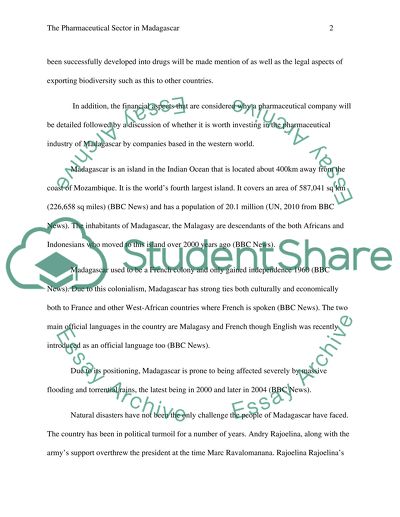Cite this document
(“The Phamaceutical Sector in Madagascar Coursework”, n.d.)
Retrieved from https://studentshare.org/finance-accounting/1420544-the-phamaceutical-sector-in-madagascar
Retrieved from https://studentshare.org/finance-accounting/1420544-the-phamaceutical-sector-in-madagascar
(The Phamaceutical Sector in Madagascar Coursework)
https://studentshare.org/finance-accounting/1420544-the-phamaceutical-sector-in-madagascar.
https://studentshare.org/finance-accounting/1420544-the-phamaceutical-sector-in-madagascar.
“The Phamaceutical Sector in Madagascar Coursework”, n.d. https://studentshare.org/finance-accounting/1420544-the-phamaceutical-sector-in-madagascar.


